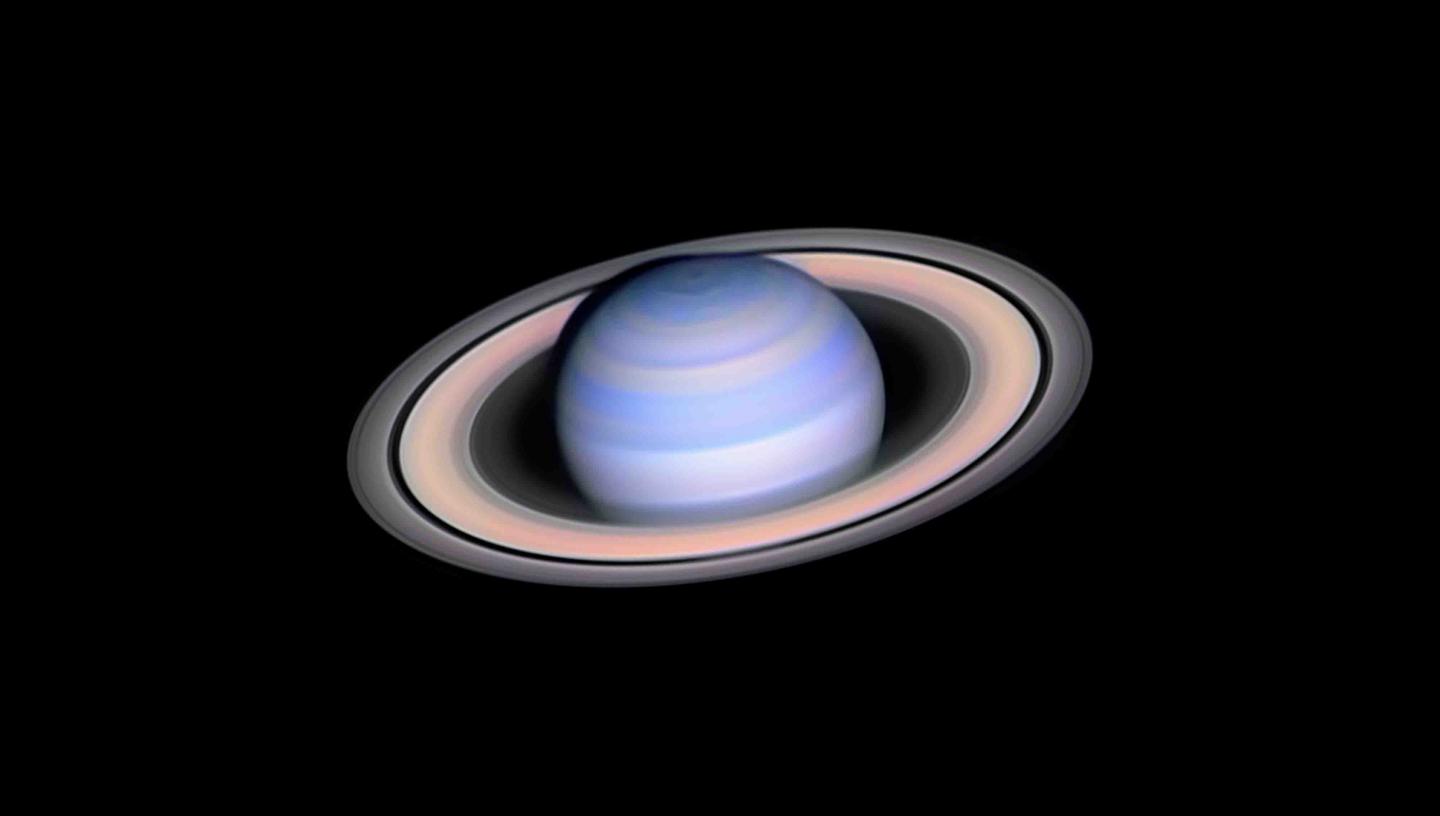The Ultimate Guide To solar system - Definition, Planets, Diagram, Videos, & Facts


Extreme Space Facts - NASA
The Ultimate Guide To 10 Fascinating Facts About the Solar System - Nature Noon
For about a quarter of each Uranus year (or 21 Earth years, as each Uranus year is 84 years long), the sun shines straight over the north or south pole of the world. That means for more than two years in the world, half of Uranus never ever sees the sun at all.
But it was seven years later that the environment erupted into wild unpredicted storms, making Uranus more of a puzzle than ever. 4. Jupiter's moon Io has towering volcanic eruptions, Compared to Earth's serene moon, Jupiter's moon Io might come as a surprise. The Jovian moon has hundreds of volcanoes and is considered the most active moon in the solar system, sending plumes of sulfur as much as 190 miles (300 kilometers) into its atmosphere.
Indicators on 27 Fantastic Facts About Solar Energy and Solar Panels You Should Know
Io's eruptive nature is caused by the tremendous forces the moon is exposed to, nestled in Jupiter's gravitational well and its magnetic field. The moon's insides tense up and relax as it orbits closer to, and farther from, the world, producing enough energy for volcanic activity. Researchers are still trying to figure out how heat spreads out through Io's interior, though, making it difficult to forecast where the volcanoes exist using clinical designs alone.
Mars boasts a volcano bigger than the entire state of Hawaii, While Mars appears quiet now, gigantic volcanoes as soon as dominated the surface of the world. This includes Olympus Mons, the biggest volcano ever found in the solar system. At 374 miles (602 km) throughout, the volcano is similar to the size of Arizona.

Interesting Solar System Facts & Information for Kids
The 8 Solar System facts to wow students - Teachwire Ideas

By volume, according to NASA, Olympus Mons is 100 times bigger (opens in brand-new tab) than Earth's biggest volcano, Hawaii's Mauna Loa. Scientists speculate that volcanoes on Mars can grow to such tremendous size since gravity there is much weaker than it is on Earth. In Source , while Earth's crust continuously moves, the Martian crust likely does not (although the argument amongst researchers continues).
6. Mars' biggest valley might consume the Grand Canyon for breakfast, At 2,500 miles (4,000 km) long, the tremendous system of Martian canyons called Valles Marineris is more than 10 times as long as the Grand Canyon in the world. Valles Marineris left the notice of early Mars spacecraft (which flew over other parts of the world) and was finally identified by the global mapping objective Mariner 9 in 1971.
